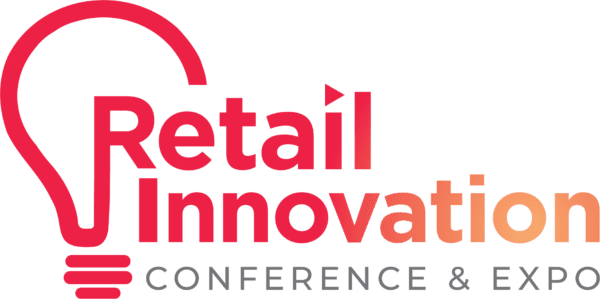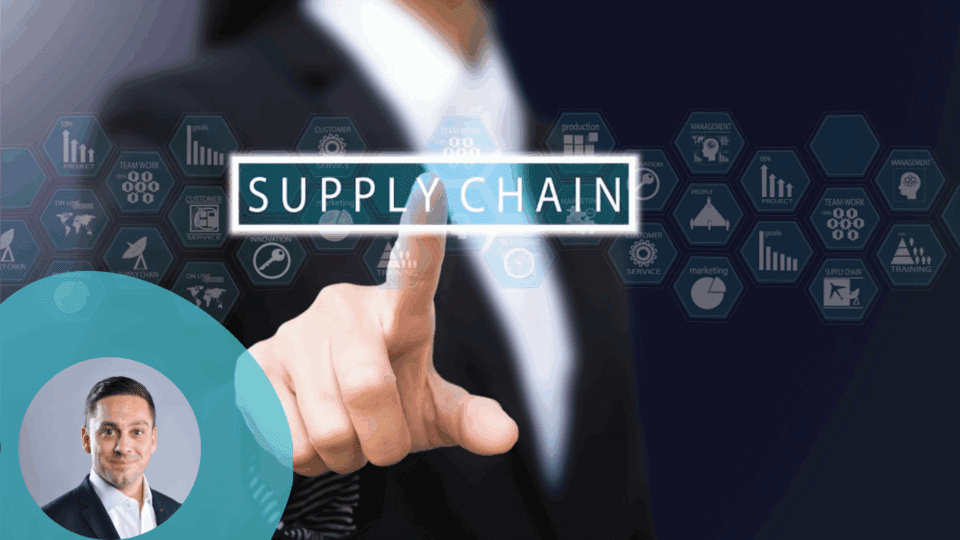After years of pandemic-related disruption, 2025 was supposed to mark a turning point. Instead, volatility is once again the norm. Retailers and consumer brands are now grappling with rising import costs, inflationary pressure, shifting trade policies and fragile supplier networks — all while consumers remain price-sensitive and demand remains unpredictable.
At the center of today’s uncertainty? Tariffs.
Proposed increases are prompting many companies to pause or delay orders as they weigh how import duties will affect margins and production costs. But that hesitation can trigger ripple effects across the supply chain — slower factory output, delayed inventory replenishment and, if demand rebounds, stockouts and congestion.
It’s a stress test few were hoping for, especially as the dust was just beginning to settle post-pandemic. But tariffs are just one piece of a much larger picture.
In 2025, the brands that thrive will be those that stop waiting for stability and start investing in supply chain resilience.
The Visibility Gap (and What it’s Costing you)
Even before the latest tariff threats, many brands lacked confidence in their ability to manage supply chain disruptions. In Sage’s 2025 State of Supply Chain Report, only 21% of brands said they felt “extremely confident” in their ability to respond to disruptions. The rest either lacked the tools, the data or the agility to adapt quickly.
The main culprit? A persistent visibility gap. Nearly 60% of brands say they still struggle to get a real-time picture of their costs, production status and logistics. That’s a problem even in stable times, but it becomes a liability when faced with sudden events like a 25% import duty. If you can’t quickly understand the financial and operational impact of a tariff or delay, you’re essentially flying blind.
The report makes it clear: companies that invested in visibility recovered from disruptions nearly five times faster. In 2024, 57% of high-visibility brands bounced back in under a week, compared to just 12% of low-visibility brands. That speed can mean the difference between maintaining customer trust or losing share to faster-moving competitors.
Despite this, many brands are still behind. Only 22% have significantly increased investments in supply chain tech. Meanwhile, 43% continue to rely on manual processes that slow down response times when every minute matters. As the report notes, outdated systems are a major risk, especially as visibility, predictive analytics and automation are now considered the top supply chain opportunities for 2025.
Diversify or Pay the Price
The current tariff environment has revealed a hard truth: supplier diversification is no longer optional.
Brands heavily reliant on a single country, especially those with concentrated sourcing in China, are feeling the pain. But supplier concentration isn’t just a tariff issue. It also amplifies exposure to region-specific risks like strikes, climate events and port slowdowns.
Still, many brands seem to underestimate the risk. In the survey, we found “over-reliance on specific suppliers or regions” ranked only sixth among top supply chain threats for 2025. But the real-world impact tells a different story. One geopolitical shift can upend your production pipeline overnight — and changing suppliers isn’t something that happens on a dime.
That’s why we’re seeing more brands rethink their supplier strategies. In the 2025 Sage report:
- 78% of brands said supplier geography and logistics profiles would heavily influence sourcing decisions.
- 66% are diversifying sourcing and shipping lanes to optimize cost and reduce exposure.
- 34% ranked supplier diversity and resilience as their top risk mitigation priority.
Diversification done right means more than just finding new suppliers. It requires due diligence, supplier scorecards and clearly defined SLAs. Brands that track key performance metrics like on-time delivery, responsiveness and quality issue resolution can better identify which partners will hold up under pressure.
And those that treat suppliers as strategic partners (rather than transactional vendors) are better positioned to adapt when disruptions arise.
Real-Time Infrastructure: The New Competitive Edge
Resilience isn’t just about having backup suppliers — it’s about having the infrastructure to respond in real time.
For many retailers, that starts with upgrading their tech stack. Modern supply chain platforms, integrated with ERP systems, offer real-time dashboards that detect disruptions the moment they happen. Whether it’s a factory delay or a port closure, early alerts mean teams can reroute, reorder or notify customers immediately.
Some brands are even using AI-driven forecasting to run “what if” simulations — predicting how a tariff increase or logistics bottleneck might impact costs or lead times, and automatically recommending adjustments. These tools transform supply chain teams from reactive to proactive operators.
And even modest upgrades can yield big returns. Automating status updates and supplier communications can save hundreds of hours per year, time that can be spent on strategy, not chasing down answers. Integrating procurement, logistics and finance data into a single source of truth also breaks down silos and improves cross-functional coordination.
Of course, tech is only part of the equation. Resilience also requires organizational readiness. That includes securing executive buy-in for contingency budgets, establishing secondary supplier contracts and training teams to act quickly.
The brands that weathered the pandemic best had those plans in place, and the same lessons apply today. A sudden tariff hike shouldn’t leave you scrambling. You should already know your Plan B.
From Firefighting to Future-Proofing
If there’s any upside to the current disruption cycle, it’s that it forces a reckoning. The last few years have shown us that supply chain resilience isn’t just a buzzword — it’s a competitive differentiator. And brands that treat today’s volatility as a wake-up call will be far better prepared for what’s next.
Here’s what leading brands are prioritizing in 2025:
- Closing the Visibility Gap: Investing in real-time data and analytics to improve agility and cut response times.
- Diversifying Supplier Networks: Reducing overreliance on single regions and building strategic partnerships across geographies.
- Embracing Automation and Integration: Streamlining manual workflows and unifying systems for faster, smarter execution.
- Planning for Disruption Before it Hits: Running simulations, securing executive support and building contingency into every key function.
Today, resilience isn’t about predicting the next crisis. It’s about building systems and strategies that make you agile enough to respond to any crisis. Every investment in visibility, every backup supplier, every automated workflow is a step toward a supply chain that doesn’t just survive disruption, but thrives because of it.
Rodney Manzo is the Senior Director of Global Operations at Sage, working on the Sage Supply Chain Intelligence solution, a supply chain platform that helps consumer brands improve visibility, reduce risk and optimize operations.




